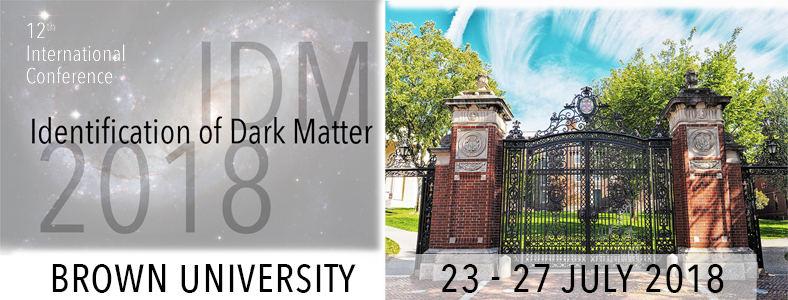Conveners
2.6 Theory
- Samuel McDermott
We study astrophysical properties and stability under parametric resonance of photons of dark matter axion condensates. Gravitational attraction and self-interactions can cause the axion field to re-organize into a BEC of spatial localized clumps. For spherical configurations, we find that clumps which are spatially large are stable, while clumps which are spatially small are unstable and may...
There is a substantial effort in the physics community to search for dark matter interactions with the Standard Model of particle physics. Collisions between dark matter particles and baryons exchange heat and momentum in the early Universe, enabling a search for dark matter interactions using cosmological observations in a parameter space that is highly complementary to that of direct...
In this work we look at the complete cosmic microwave background (CMB) constraints on a millicharged dark matter (DM) model. Millicharged DM models have regained a lot of interest after the discovery of an anomalous 21cm signal by EDGES which can potentially be explained by the presence of scattering between DM and baryons. We focus on the simplest millicharged model that involves adding an...
The robustness of inflation to inhomogeneous initial conditions for matter fields and the spacetime metric is under investigation. If inflationary expansion fails to begin under sufficiently inhomogeneous initial conditions, such that inflation requires fine-tuning of its initial state to occur, then its naturalness is challenged. I will present results for the range of initial conditions...
New decay channels for the neutron into dark matter and other particles have been suggested for explaining a long-standing discrepancy between the neutron lifetime measured from trapped neutrons versus those decaying in flight. Many such scenarios are already ruled out by their effects on neutron stars, and the decays into dark matter plus photon or electron-positron pair have been...
We propose a scenario for the common origin of dark matter and baryon asymmetry in the present Universe in the context of scotogenic model. We show that the neutral component of a inert scalar doublet is a dark matter candidate and the baryon asymmetry is achieved from the dark matter annihilation. After showing that the minimal model in this category can not satisfy all these requirements, we...
The spectrum of Weakly-Interacting-Massive-Particle (WIMP) dark matter generically possesses bound states when the WIMP mass becomes sufficiently large relative to the mass of the electroweak gauge bosons. The presence of these bound states enhances the annihilation rate via resonances in the Sommerfeld enhancement, but they can also be produced directly with the emission of a low-energy...
